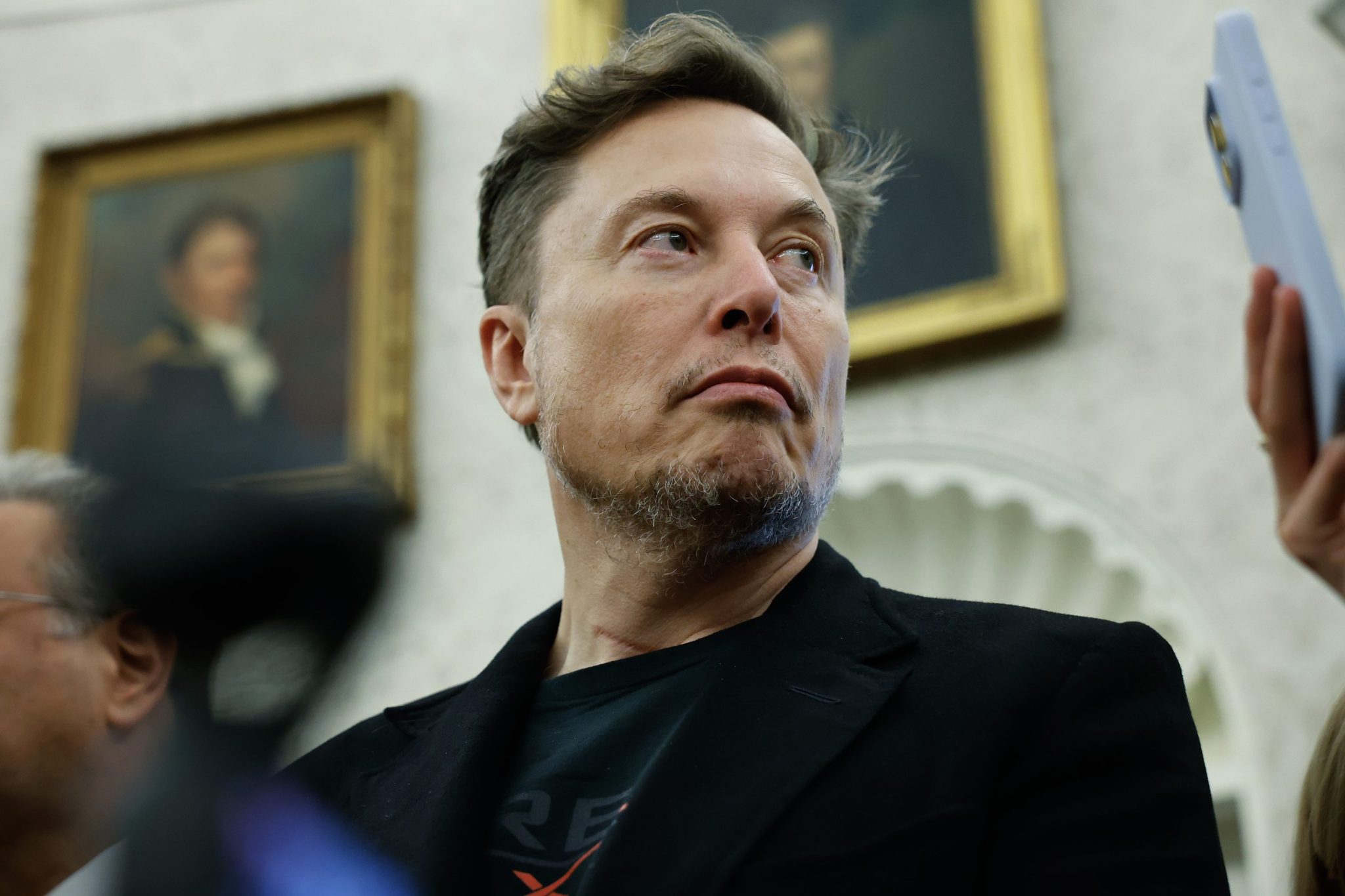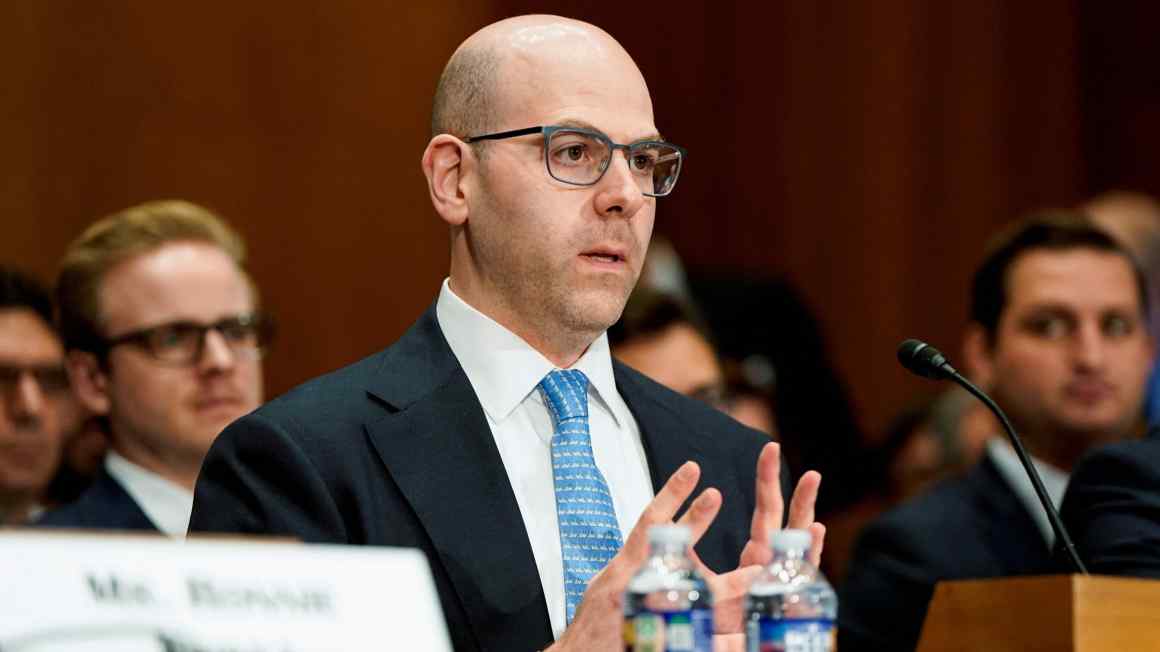·
July 24, 2025
·
Fortune

·
July 24, 2025
·
Fortune
Are Tesla investors losing confidence in Elon Musk’s vision of the future? Or are they still inflating the company’s value based on their faith in the cofounder?
For the past several quarters after Tesla has unveiled earnings, I’ve been calculating a metric that I’ve dubbed The Musk Magic Premium. The figure estimates both the portion of the EV-maker’s valuation that’s justified by its current, baseline earnings, and the extra part based on CEO Musk’s promises for sensational products that have yet to be fully or even partially commercialized. That categories ranges from autonomous robotaxis, to full-self driving kits for retrofitting Teslas now on the road, to the manufacturer’s forthcoming humanoid “Optimus” robots.
Tesla’s Q2 report, issued after the market close on July 23, continues a series of highly disappointing quarters for the company’s EV sales, reflecting continuing weakness in China and Europe, even after a series of sharp discounts. Auto revenues dropped 16% versus Q2 of last year, and a rise in energy storage, services and other businesses failed to fill the gap, so that overall revenue declined by low-double-digit percentages. The sales headwind sent GAAP net profits down 17% to $1.17 billion—about a third what Tesla was netting per quarter in 2022.
But even the official earnings number overstates what I’ll call Tesla’s bedrock, “core” profits, defined as what it generates excluding special items that aren’t part of fundamental operations, and are unlikely contribute significantly in the years to come.
The first of the two big exclusions: Sales of regulatory credits to other carmakers that fail to meet the U.S. CAFE and other domestic and international emissions standards. The Trump administration is effectively axing the CAFE payments that have provided a huge bounty to Tesla, and Musk has acknowledged that the company’s lucrative “regulatory credits” revenue line won’t last too far into the future.
The second unusual item: unrealized profits and losses on Bitcoin holdings, currently worth around $1.4 billion. As we’ll see, the cryptocurrency careens from a positive to negative contributor depending on the quarter; the shifts in value have no impact on the cash Tesla collects and carry no tax penalty or benefit.
Hence, Tesla’s reported figure of $1.17 billion for Q2, though low, still overstate its current earnings power. The automaker booked regulatory credits worth an estimated $338 million after-tax, and added $284 million in paper gains from the big jump in Bitcoin prices. Subtract those two ephemeral items, and Tesla’s core earnings, by my definition, shrink to $550 million. In Q1, Tesla did even worse, making just $303 million using this metric (it took a loss on Bitcoin that I added back to get the core number). And for the past four quarters, it’s repeatable, durable profits total just $3.66 billion.
That’s a huge comedown from $12 billion registered by my measure in 2022.
So where does that result put the Musk Magic Premium? Investors disliked the Q2 results, sending Tesla’s shares reeling 8% as of market close on July 24. At that point, its market cap had dropped below the $1 trillion mark to $989 billion.
Let’s first establish what Tesla’s likely worth as a “standalone” maker and seller of cars and energy-saving equipment. Though sales are declining, we’ll award the current no-growth model the S&P 500’s generous overall PE of 29.3, an extremely high mark by historical standards. Running numbers on what it’s doing today, Tesla’s worth $107 billion. (That’s the multiple of 29.3 times trailing 12-month core earnings of $3.66 billion.)
The difference between that modest figure and Tesla’s still Brobdingnagian valuation is what’s known as Tesla’s “future growth value” or what I call the Musk Magic Premium. Today, the MMP stands at around $882 billion (today’s cap of $989 billion less a value based on what it does today of $107 billon). That’s actually slightly higher than it stood in March, when I last calculated it.
It’s intriguing that at least for today, investors are expressing a lot less confidence in Musk’s promises. Their doubts shaved no less than $89 billion from Tesla’s cap so far. Still, their faith extends well beyond anything that even the most optimistic growth estimates can reasonably explain. Say you want a 10% annual return for buying, or continuing to hold, Tesla shares over the next seven years. To deliver, Tesla’s valuation would need to double over that span, hitting nearly $2 trillion. Even if Tesla boasts a premium PE of 35 at that point, the required earnings bogey by mid-2032 reaches $55 billion a year. Ringing that bell would mandate annual profit growth of around 45%. That’s possible for a startup, but for a mature giant that’s arguably as much about metal bending as grounddbreaking technology, it sounds like the ultimate stretch.
On the earnings call, Musk predicted that by year end, “We’ll probably have autonomous ride hailing in probably half the population of the U.S.,” and that “the number of vehicles in operation will increase at a hyper-exponential rate.” But the most revealing part of Musk’s declaration was his cautionary interjections that because they’re so unusual, deserve close attention.
Musk acknowledged that the U.S. regulatory “tax credits are poised to go away.” He added, “We’re in this weird period where we’ll lose a lot of incentives in the U.S. We probably could have a couple of tough quarters.” He then reprised the super-promoter persona: “Once you get to autonomy at scale…certainly by the end of next, year I’d be surprised if Tesla’s economics are not very compelling.”
What? Investors need to wait to the end of 2026 to see big profits start rolling in? The farther the Musk horizon recedes, the more folks and funds will lose confidence in his fabulous vision, and the more days like today its stock will suffer. Going back to the numbers, they contained an even worse sign than the puny earnings. Tesla’s CFO stated that the company will spend over $5 billion in capital expenditures for the rest of the 2025. That’s more than what it collected in cash from operations in the first two quarters, suggesting its free cash flow could go negative. If that happens, Tesla will be spending more on expansion than it’s collecting in earnings.
The warning sign: All of these revolutionary products continue to be extremely expensive, and capital intensive, to fund. Getting the kind of returns Tesla needs will require huge returns on every new dollar it invests, along the lines of the Alphabet or Nvidia mold. Yet the heavy capital outlays keep coming. Musk heralds the promised land ahead. Investors are starting to see a fading mirage.
This story was originally featured on Fortune.com
September 4, 2025
·
Financial Times
September 4, 2025
·
Financial Times
August 9, 2025
·
Financial Times





